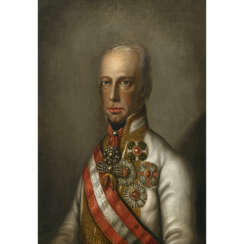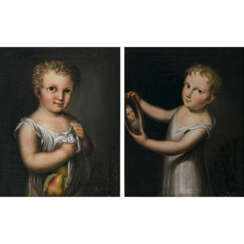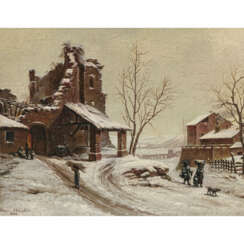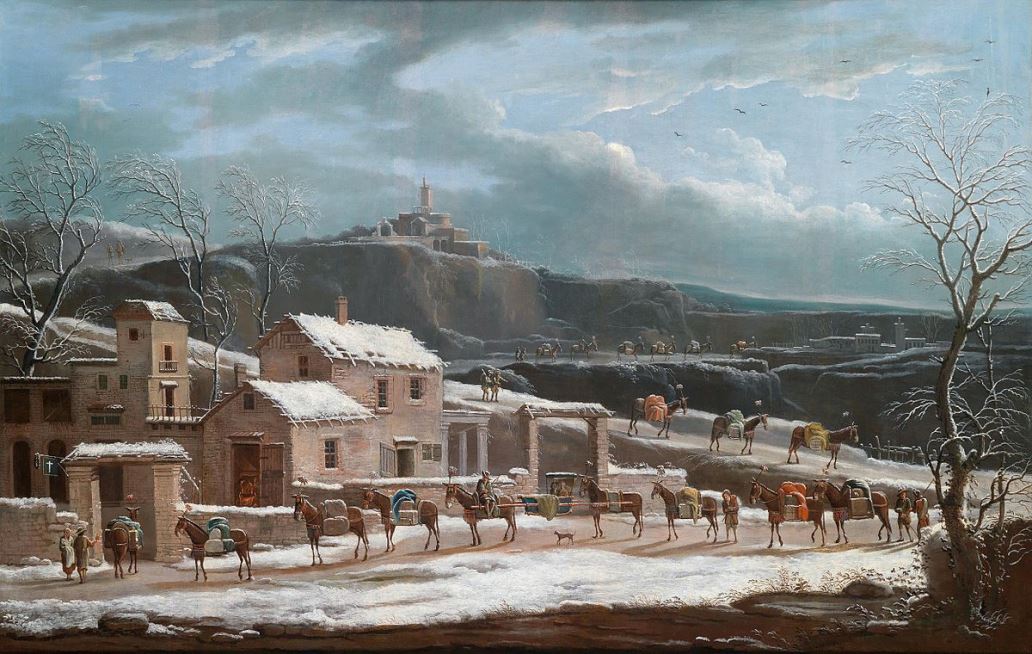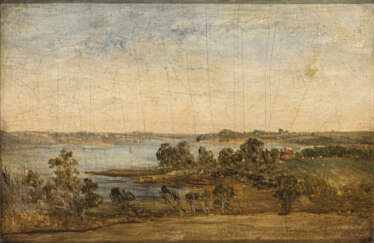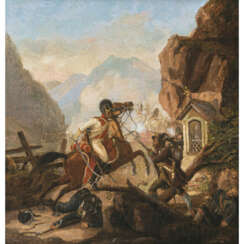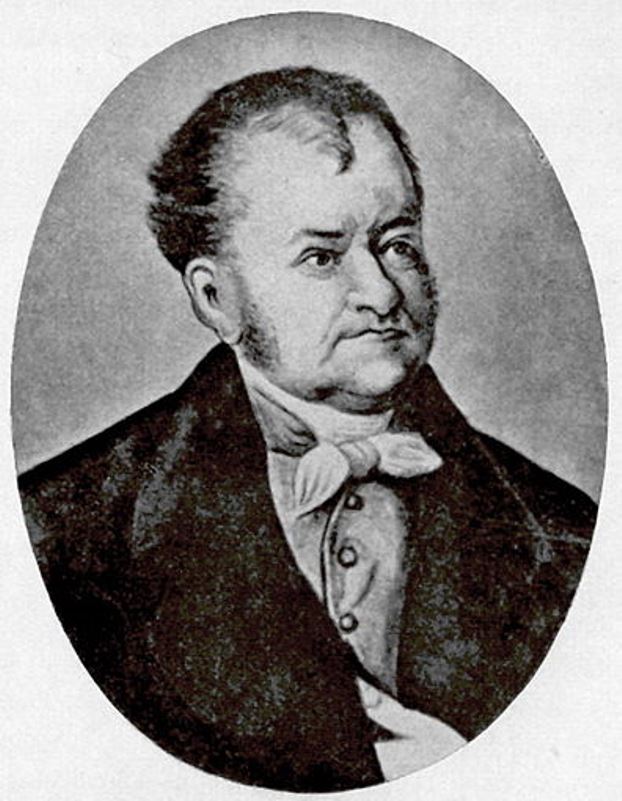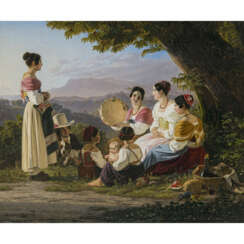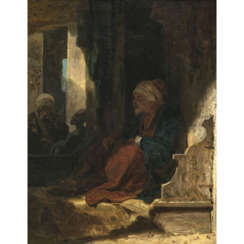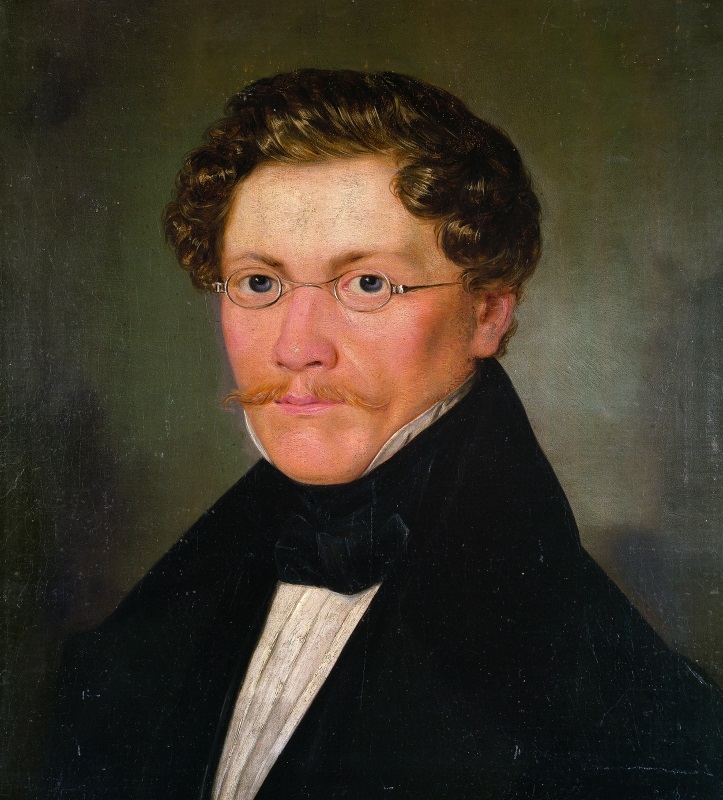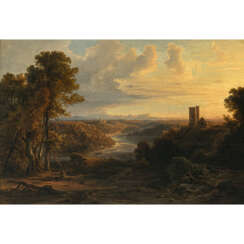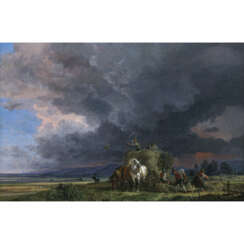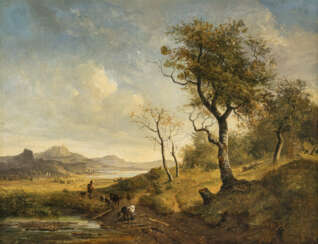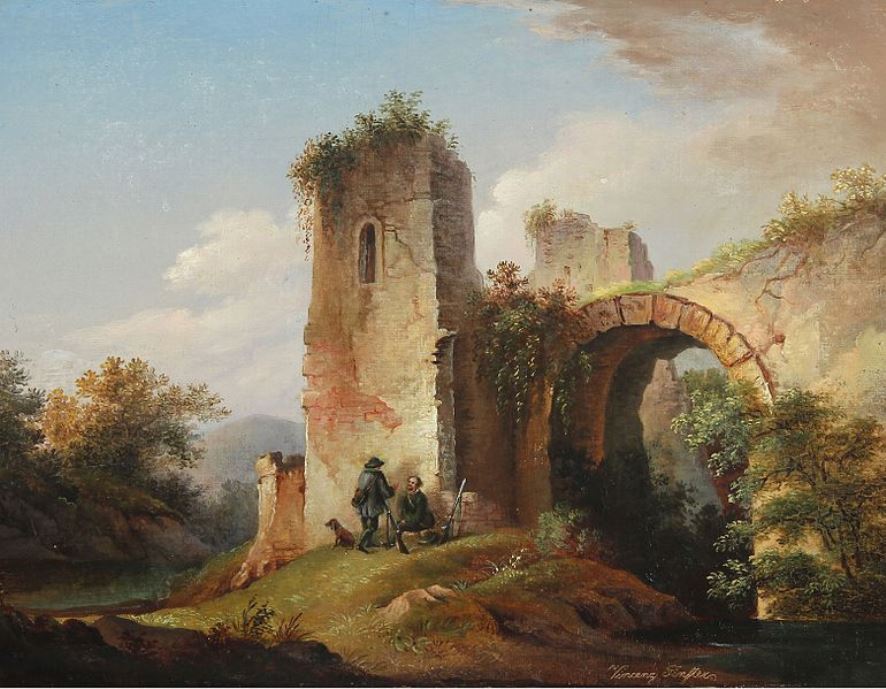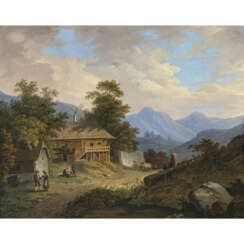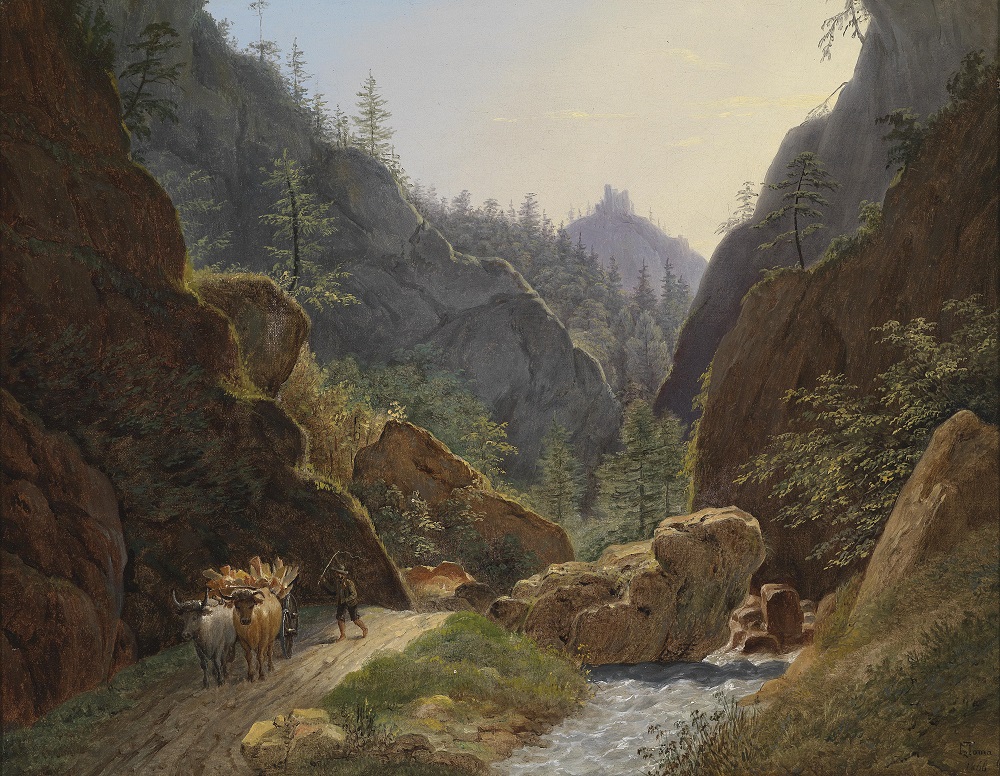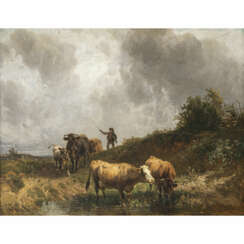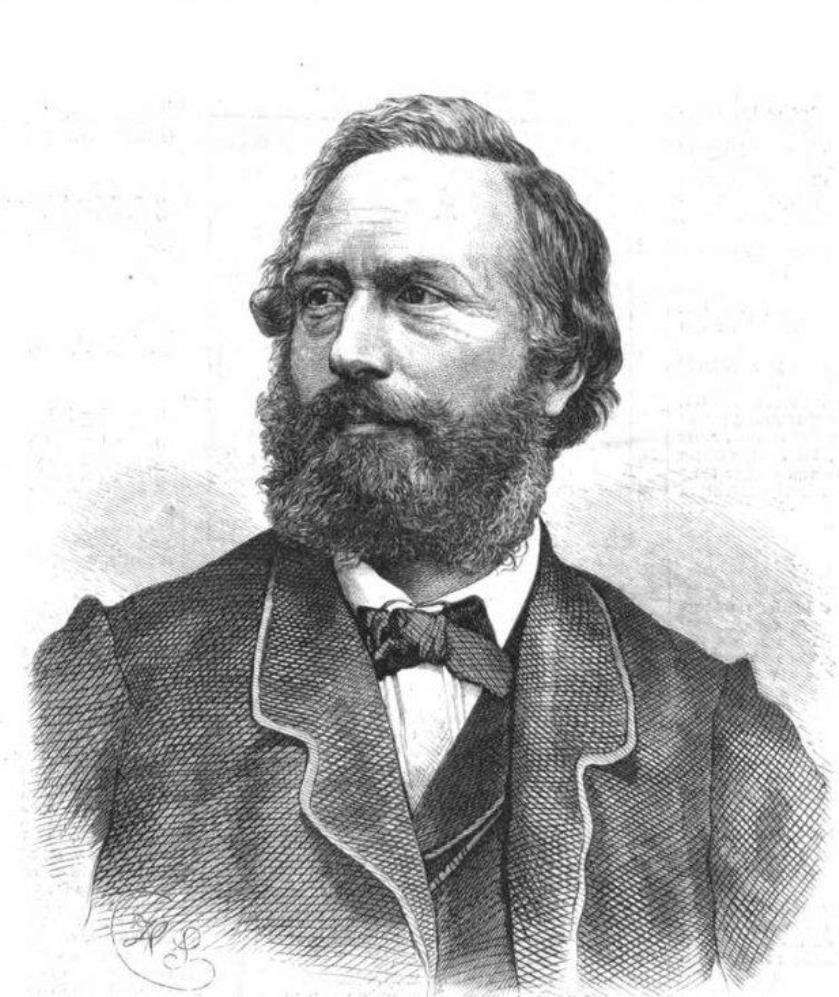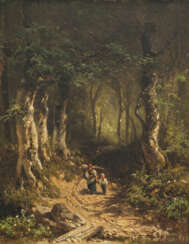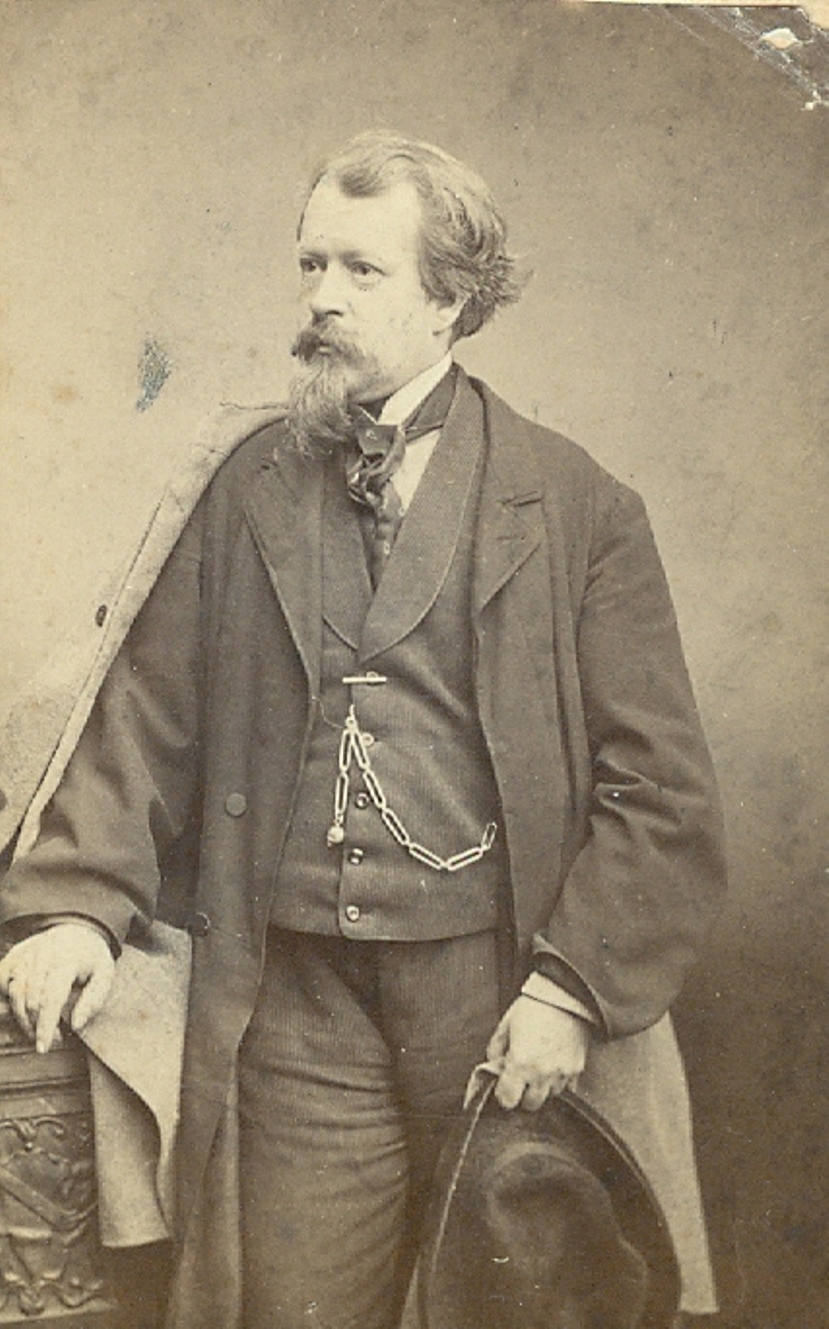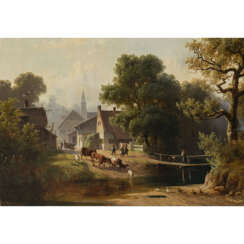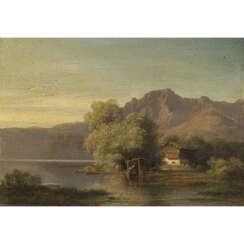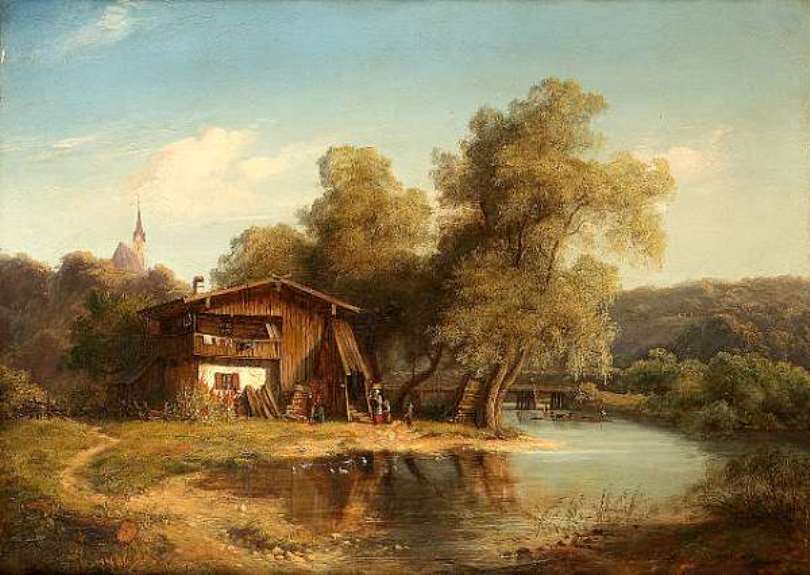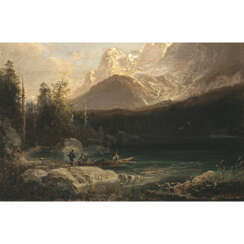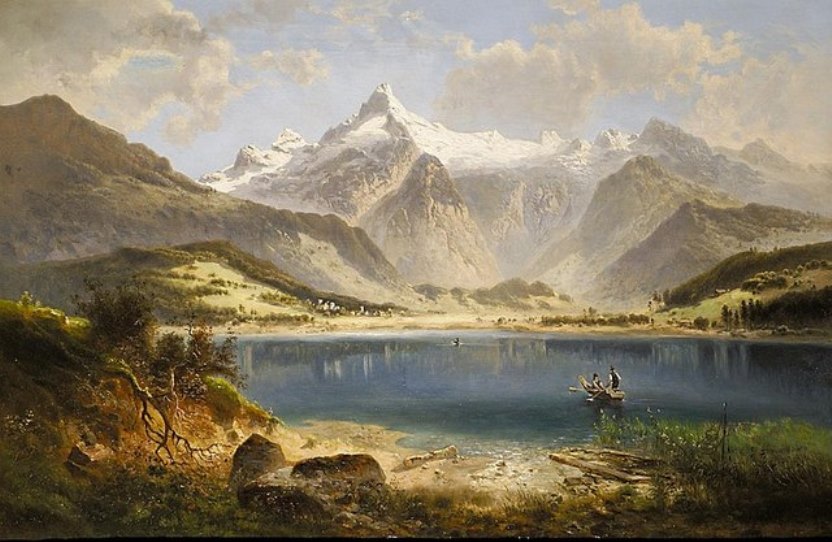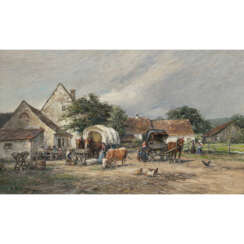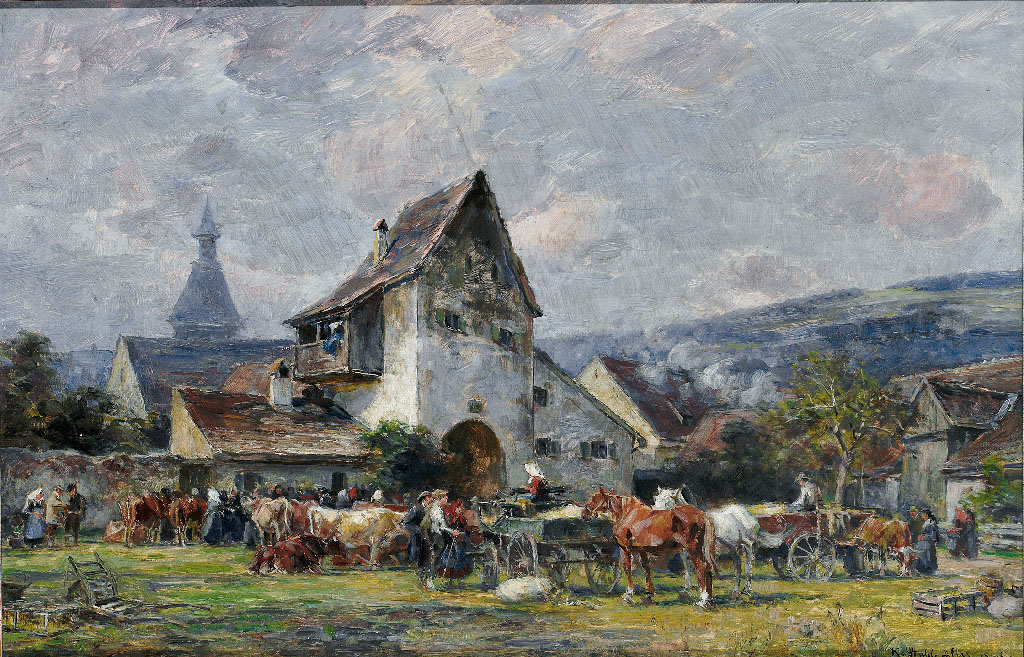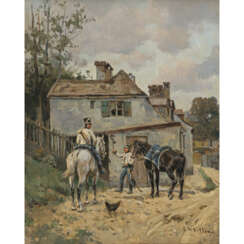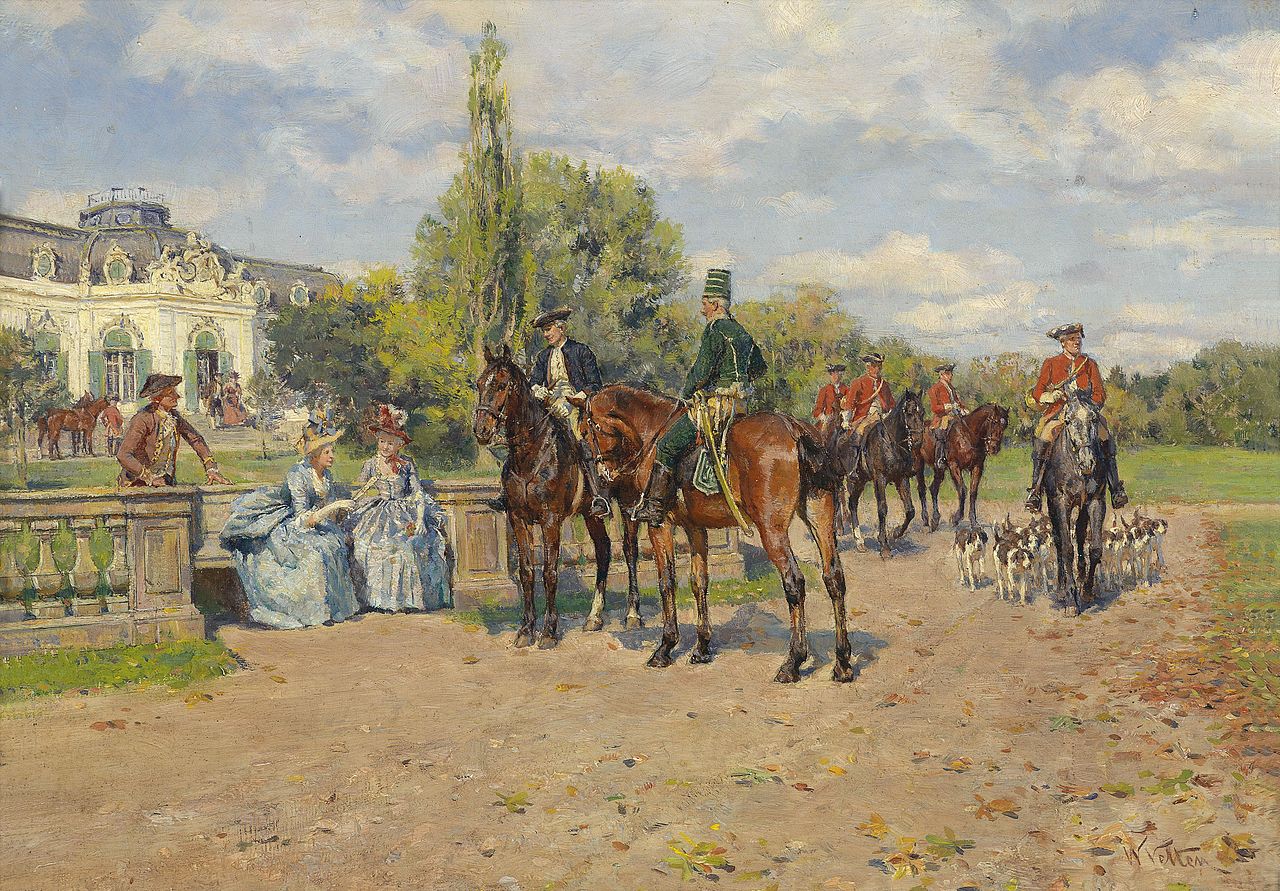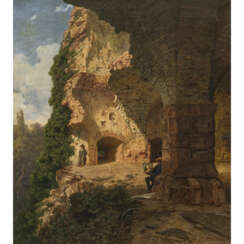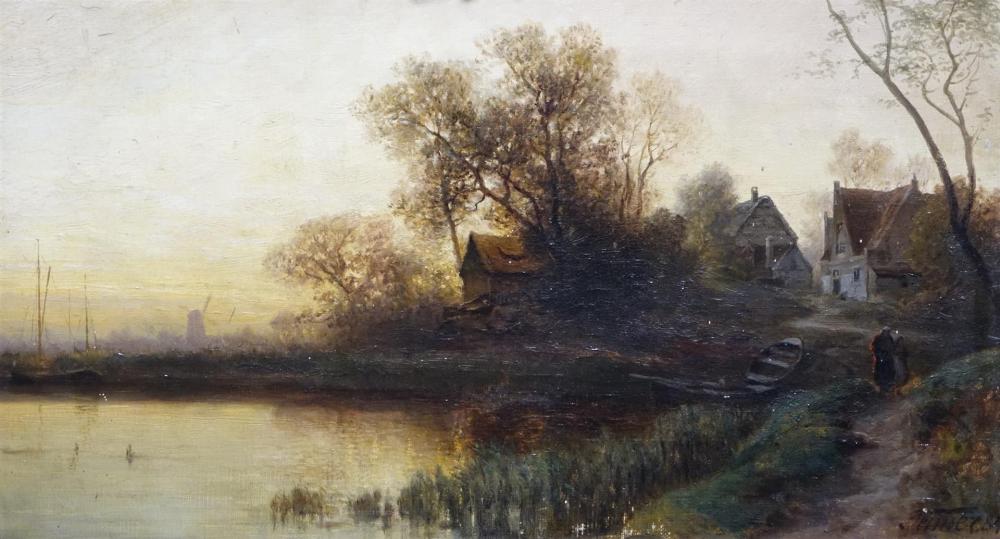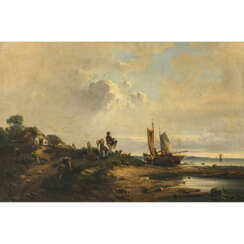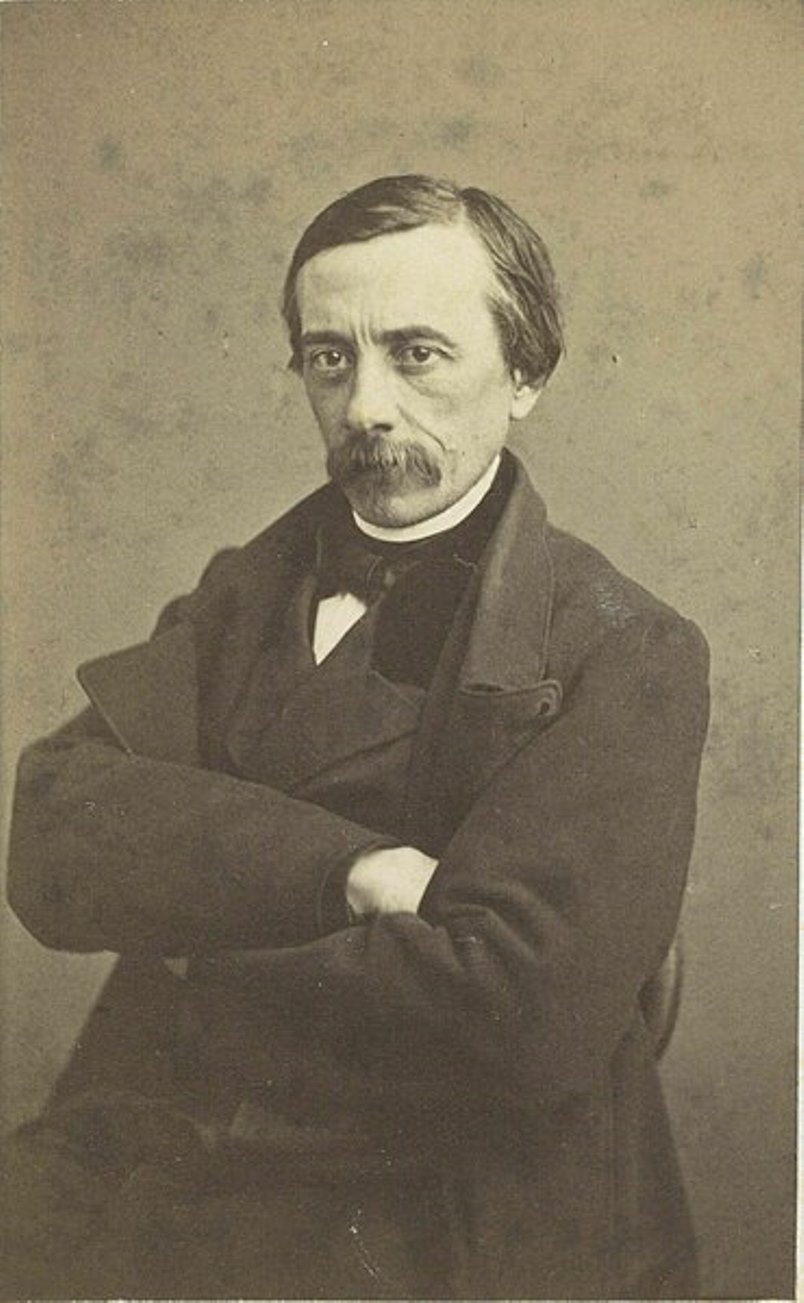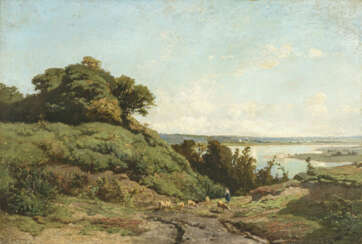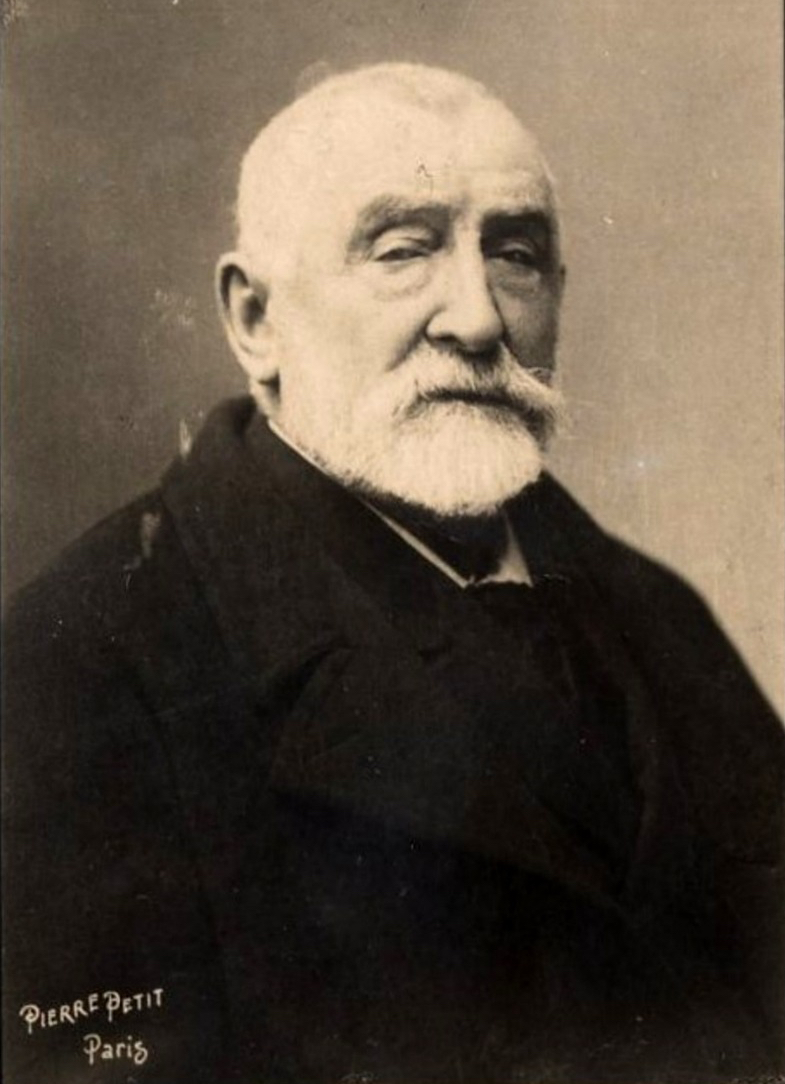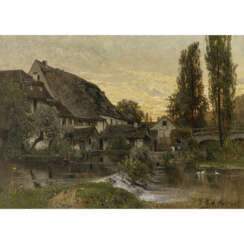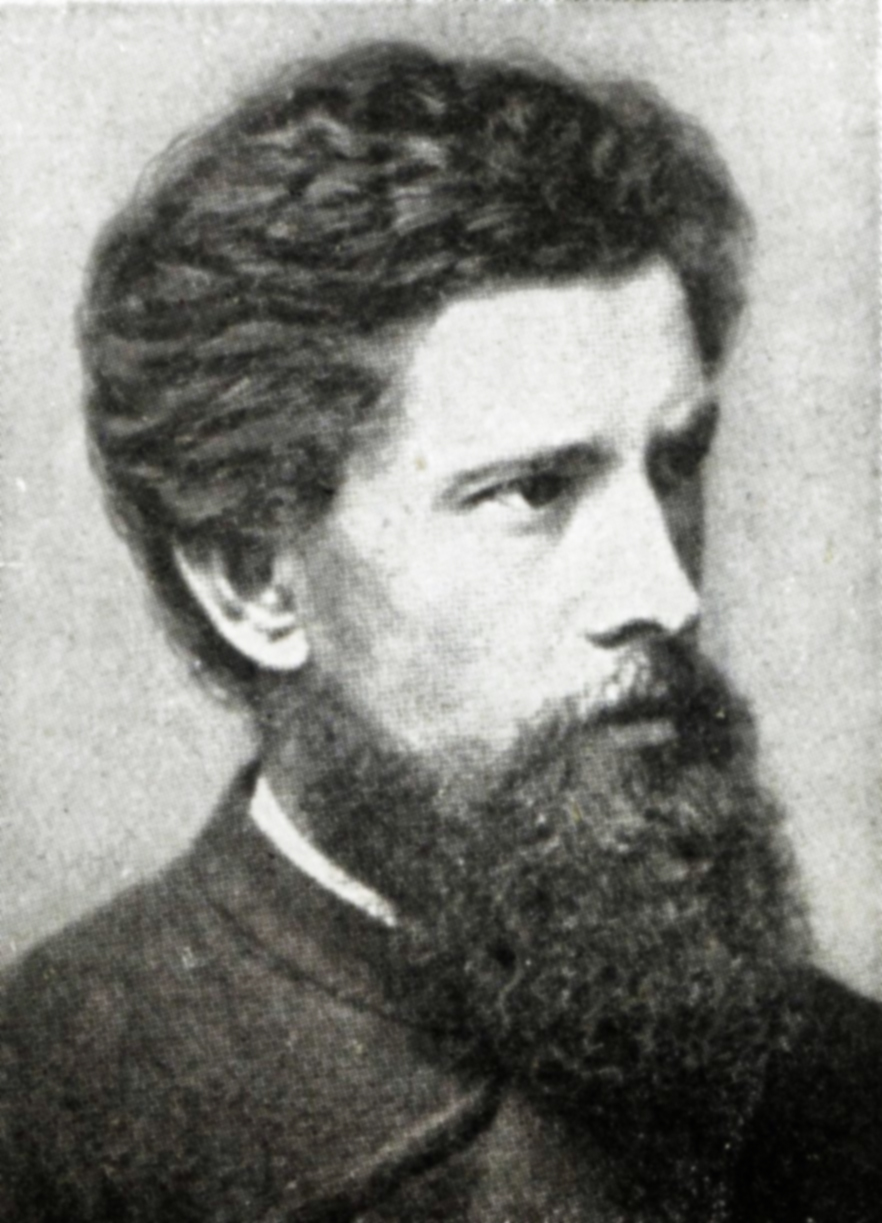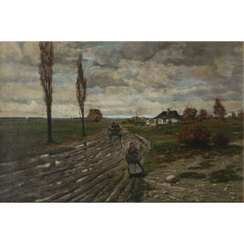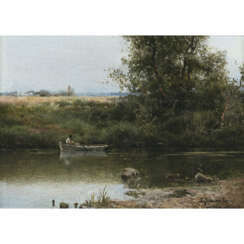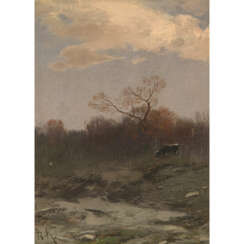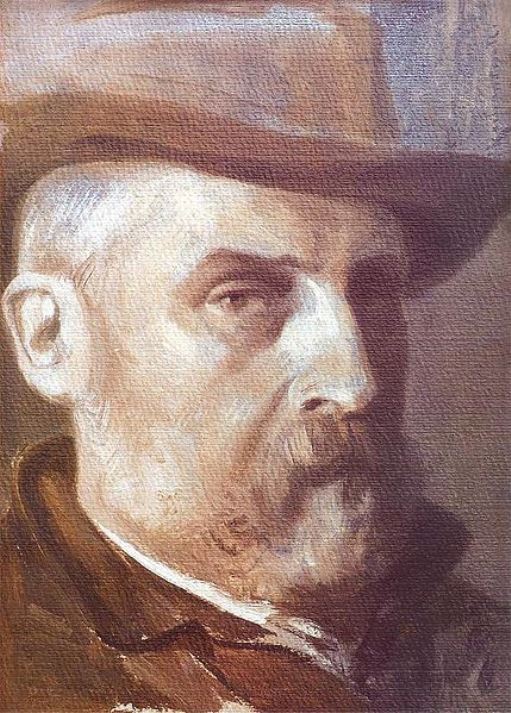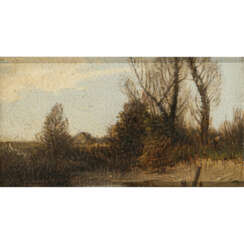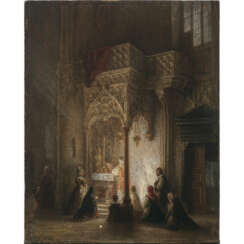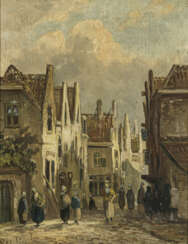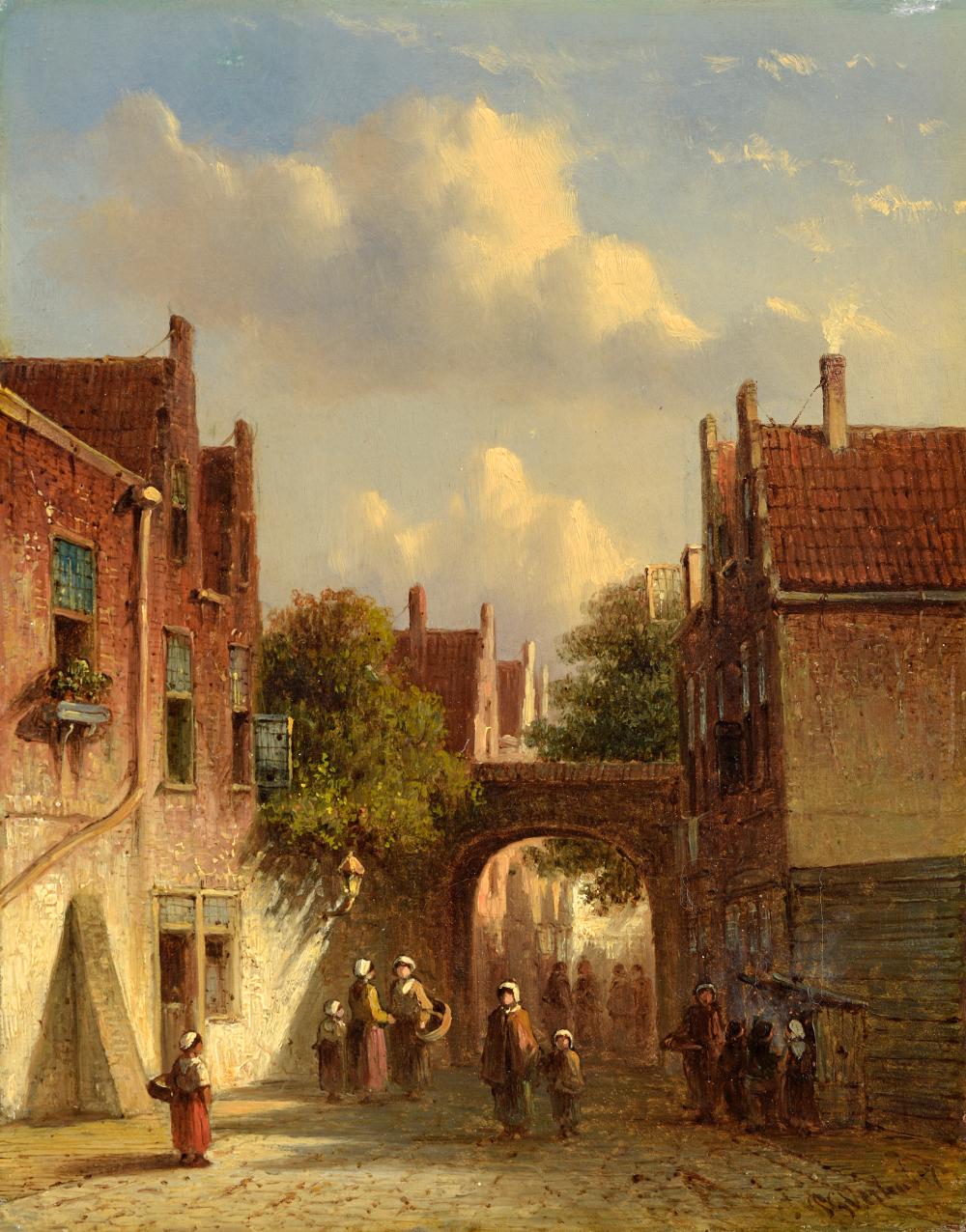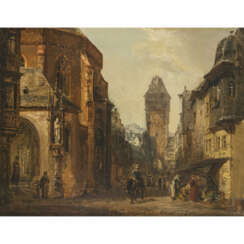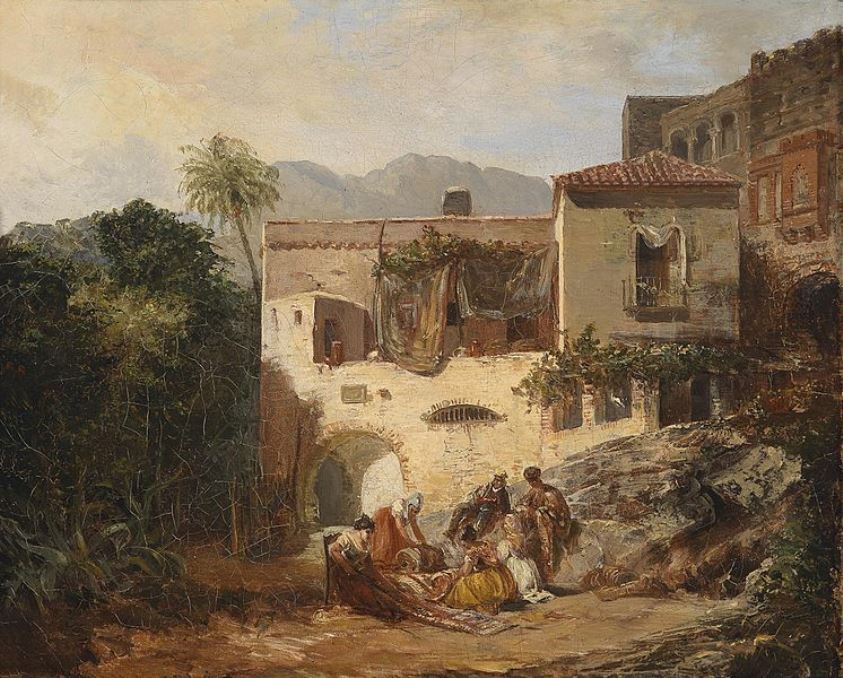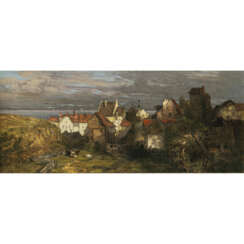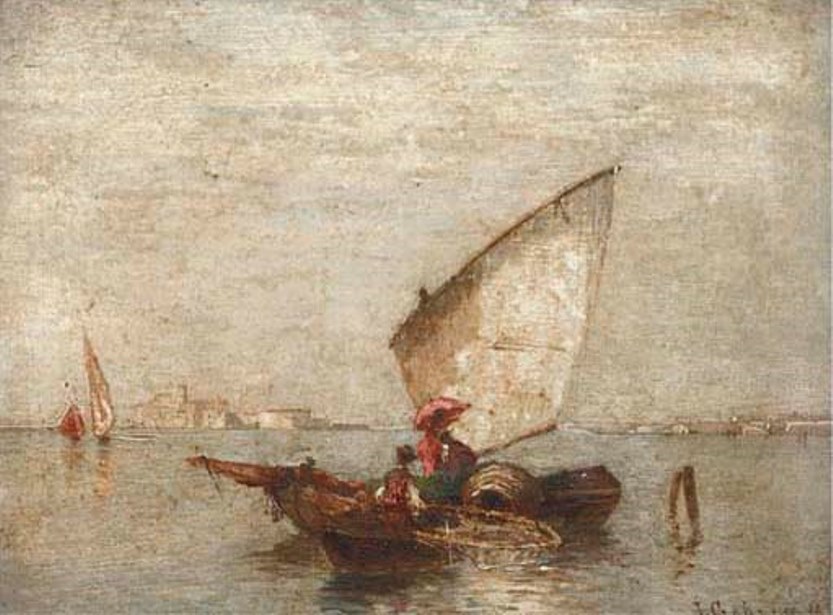
Paintings 19th - 20th century — Kunst und Antiquitäten
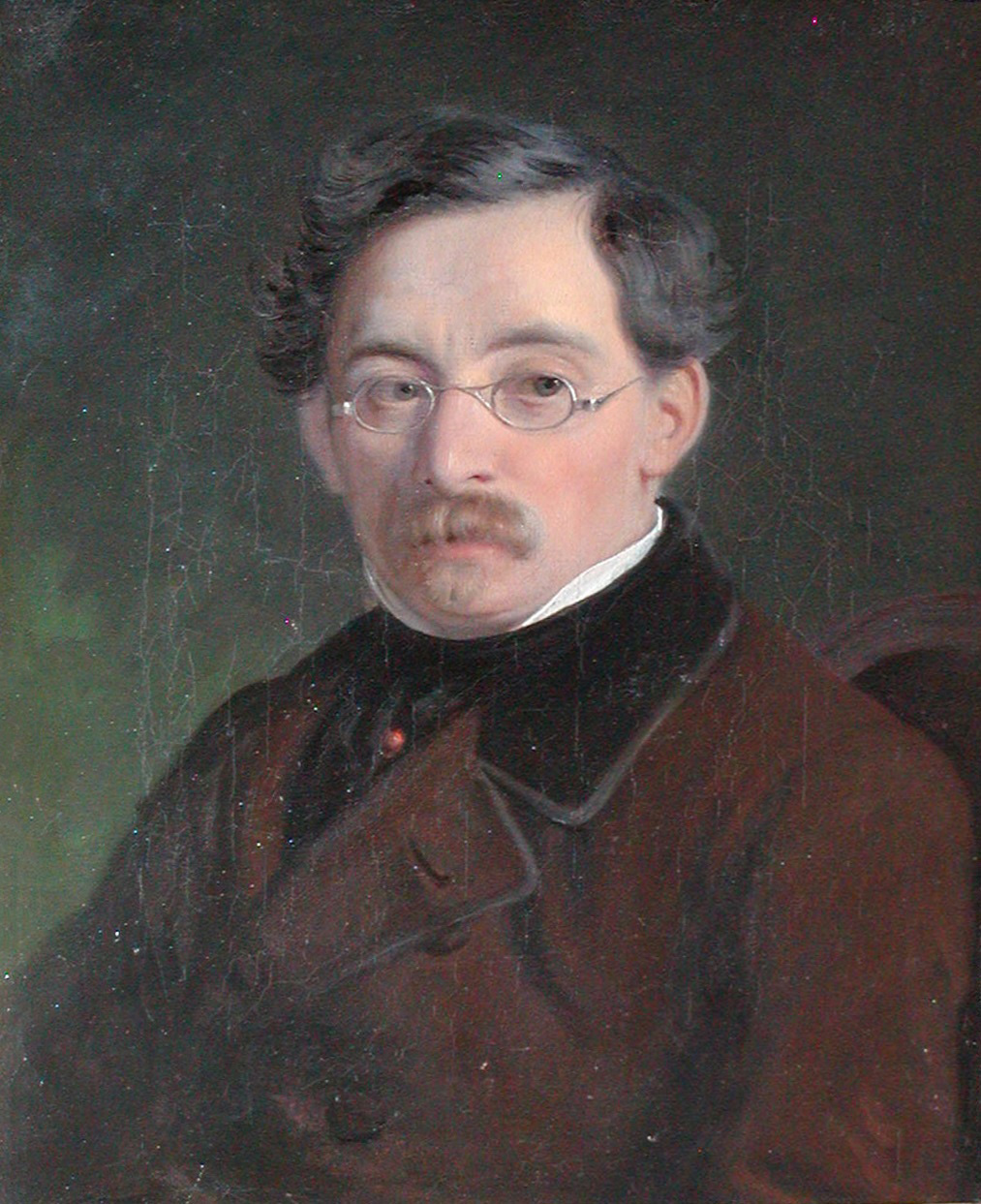
Ernst Meyer was a Danish genre painter of Jewish origin. He studied painting at the Royal Danish Academy of Arts.
Ernst Meyer travelled extensively, living for a time in Germany, France, Switzerland and Italy. It was the colourful street life of Rome that first inspired him to create genre scenes.
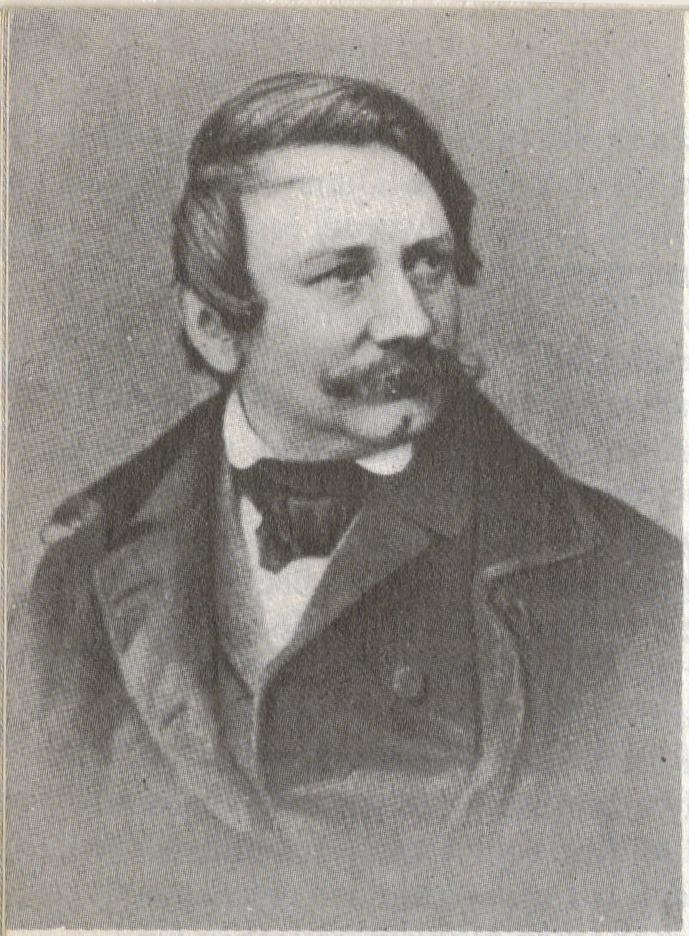
Christian Ernst Bernhard Morgenstern was a well-known German landscape painter. He is considered one of the most important representatives of early painterly realism.
His father was Hamburg miniature painter Johann Heinrich Morgenstern, and his son named Carl Ernst Morgenstern also became a landscape painter.
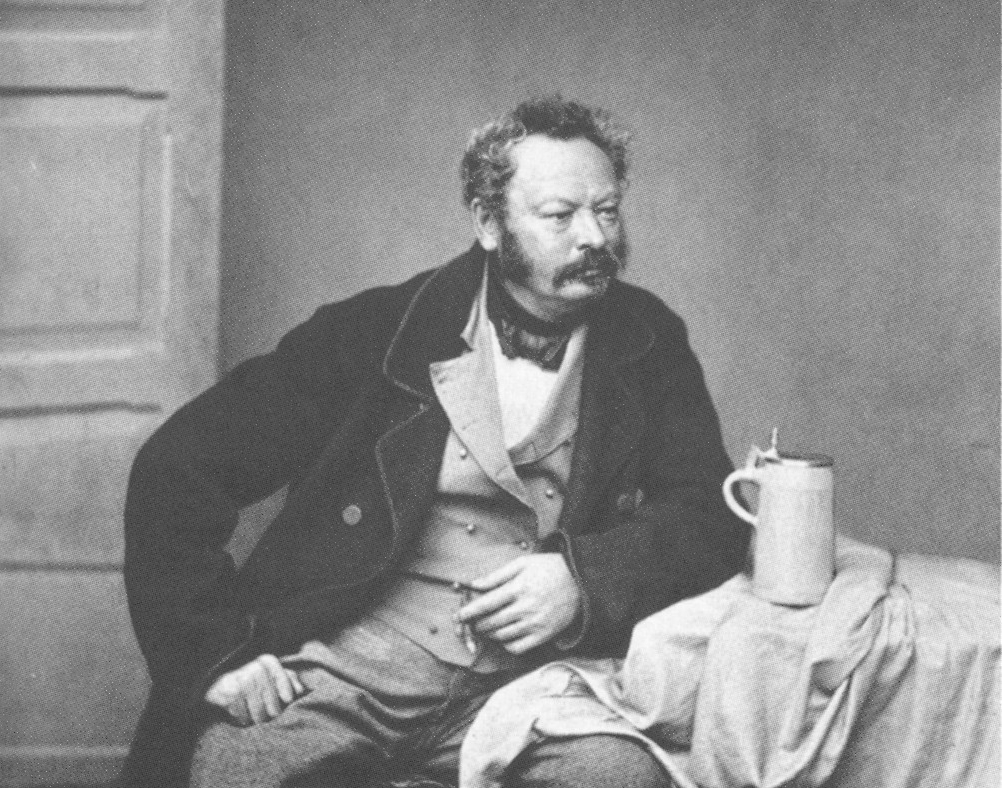
Heinrich Bürkel was a German artist of the mid-nineteenth century. He is known as a painter and graphic artist, representative of the Biedermeier style.
Heinrich Bürkel specialized in genre and landscape paintings, especially winter landscapes. He often used Staffage and depicted animals. His work showed the influence of the old Dutch and Italian masters. Bürkel enjoyed great popularity, his paintings were actively acquired for private collections, including in America. The master painted about 1000 paintings and created about 6000 drawings.
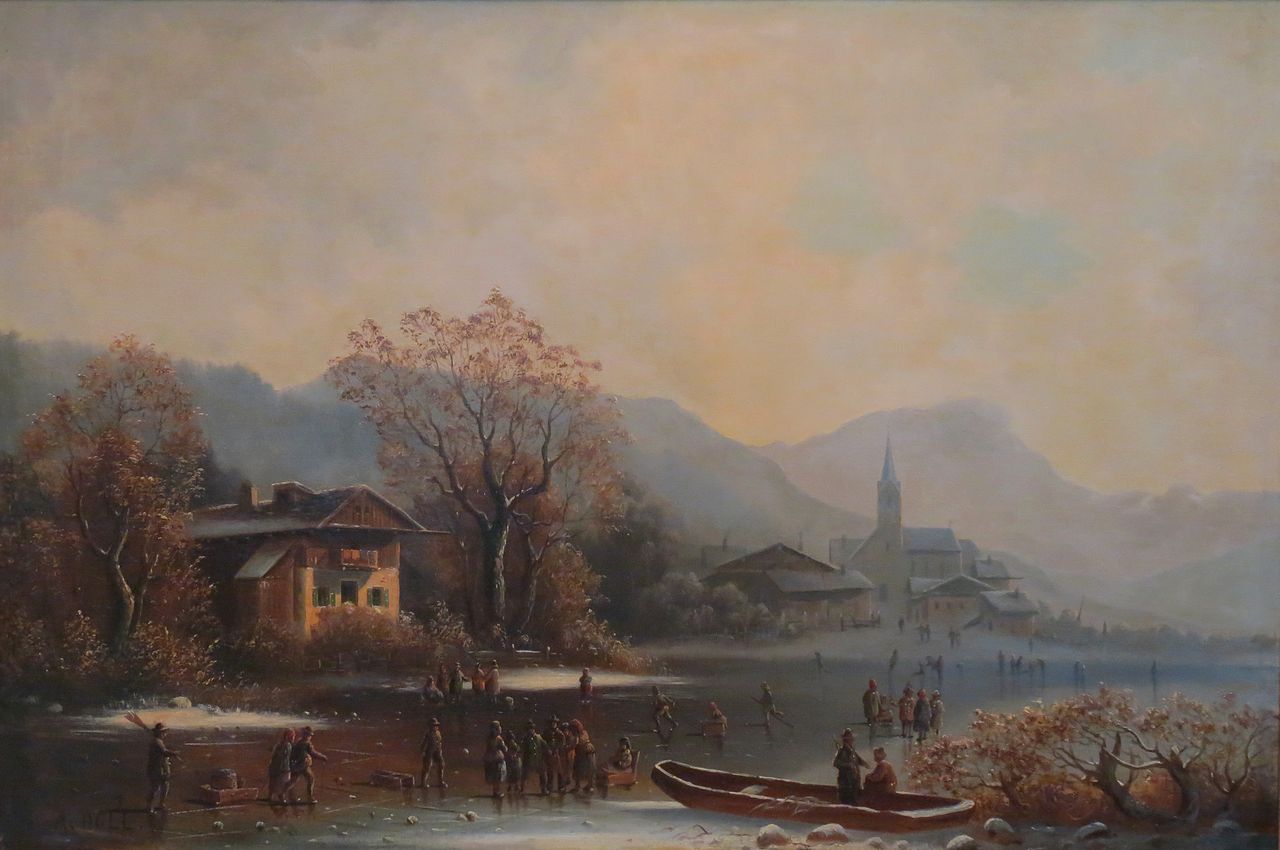
Anton Doll is a German landscape painter of the Munich School. His famous works include views of his native Munich as well as images of village life near the city, especially winter motifs.
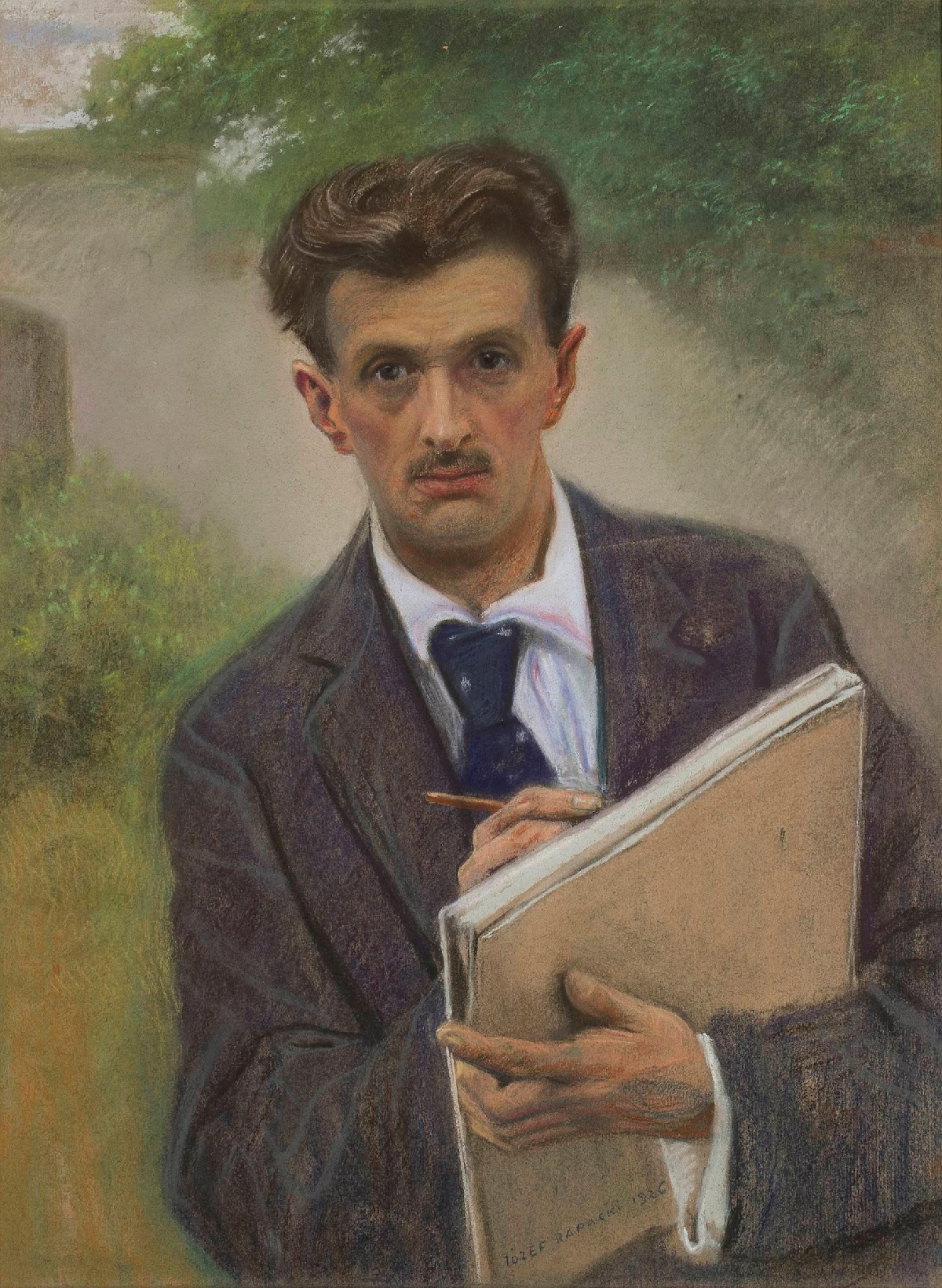
Józef Rapacki was a talented Polish painter and graphic artist who is best known for his nostalgic landscapes of Mazovia.
At the age of fourteen, Rapacki enrolled in a drawing class taught by Wojciech Gerson. Later he enrolled at the Krakow Academy of Fine Arts, where he studied under Isidor Jabloński, Florian Czink and Felix Szynałewski.
At first he painted genre scenes. In 1889, Jozef Rapacki travelled to Munich, where he studied for two years under the portraitist Konrad Fehr and was influenced by the Munich school.
He also began doing drawings for several Warsaw periodicals and illustrated the works of Ignacy Krasicki. Rapacki exhibited extensively, including at the World's Fair (1900).
In 1907, Rapacki and his family moved to Olszanka, where his house became a gathering place for artists and writers. It was here that he concentrated on landscapes and created some of his best known works. During World War I, he drew many pictures of the German occupation for the Warsaw press.
Józef Rapacki's artwork is still popular and appreciated for its unique style and unique atmosphere.
